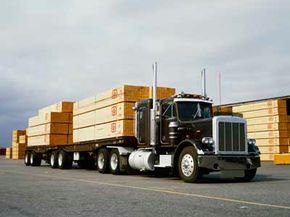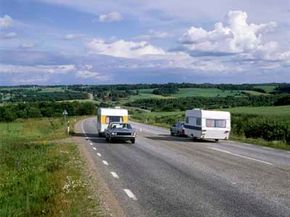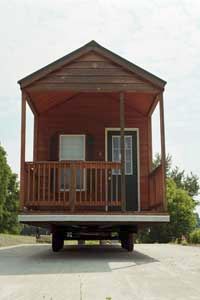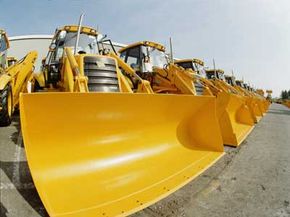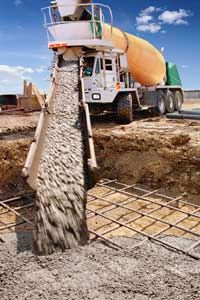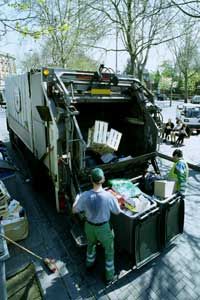Heavy-duty hauling calls for heavy-duty equipment. The most common trailer hitch is a Class III, which works fine if you're towing a 5,000-pound (2,267-kilogram) load. But if you're moving something that tips the scales at 5 tons (4.5 metric tons) or more, you have to up the towing ante. Towing such a hefty payload bumps you up from Class III to Class V equipment, capable of handling 10,000 pounds (4,535 kilograms) or more.
Let's review some fundamentals. First, there's the Gross Vehicle Weight Rating (GVWR) of your towing vehicle. This is the manufacturer's recommended maximum load that your car, truck or trailer can safely hold. Then, there's the Gross Combined Weight Rating, which signifies the maximum safe weight of your trailer and towing vehicle combined.
Advertisement
Generally, larger vehicles have higher GVWRs. For instance, the only vehicles on the market that could withstand Class V towing would be newer model super-duty trucks. But just because you have the keys to the truck doesn't mean you can hitch 5 tons (4.5 metric tons) to the back and tear through town. Most states require a Class A driver's license to tow loads exceeding 5 tons (4.5 metric tons). Depending on how big your haul is, you may need additional permits as well. To get an idea of how big of a load this entails, we're going to cover five commonly towed items that weigh at least 10,000 pounds (4,535 kilograms).
